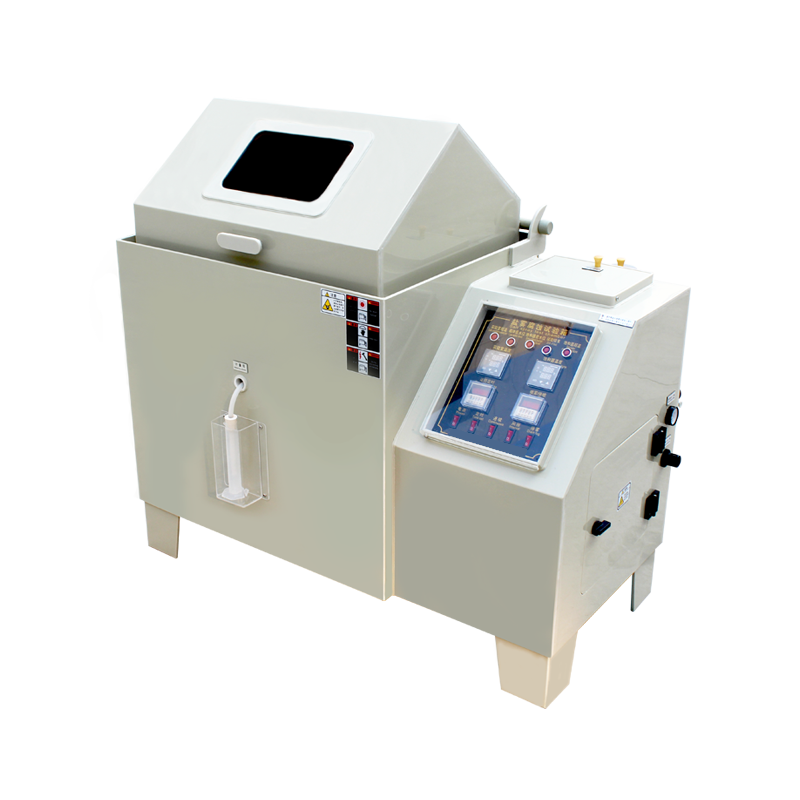A salt fog chamber is a specialized instrument that reproduces a saline atmosphere so you can verify how well your products withstand salt-induced corrosion. It exposes hidden corrosion risks and provides end-to-end protection for your designs.
Salt fog corrosion occurs when metals and other materials oxidize and degrade in the presence of airborne salt. In marine zones, coastal regions, or any location where humidity and salinity are high, products are especially vulnerable. Without adequate protection and validation, corrosion can lead to functional failure, structural damage, and even serious safety hazards.
By using a salt fog chamber you can recreate these harsh conditions in the lab. During the test, the specimen is subjected to a controlled saline mist, allowing you to gauge its resistance to salt fog corrosion. This process brings latent corrosion issues to light so you can implement the right countermeasures early.

The chamber lets you vary salt concentration, relative humidity, and test duration. By tailoring these parameters you can mimic the exact environment your product will face, yielding a far more accurate assessment of its corrosion resistance.
Cyclic testing is also possible. Running repeated salt fog sequences simulates the long-term exposure your product will experience in service, so you can spot and eliminate corrosion risks before they reach the field. Regular salt fog testing therefore boosts reliability and extends product life.
In short, a salt fog chamber is an essential tool for revealing hidden corrosion risks and safeguarding your products. By running controlled salt fog tests you can evaluate corrosion resistance, detect problems early, and apply the right protective measures. The result is higher quality, greater reliability, and full protection against salt fog corrosion.












